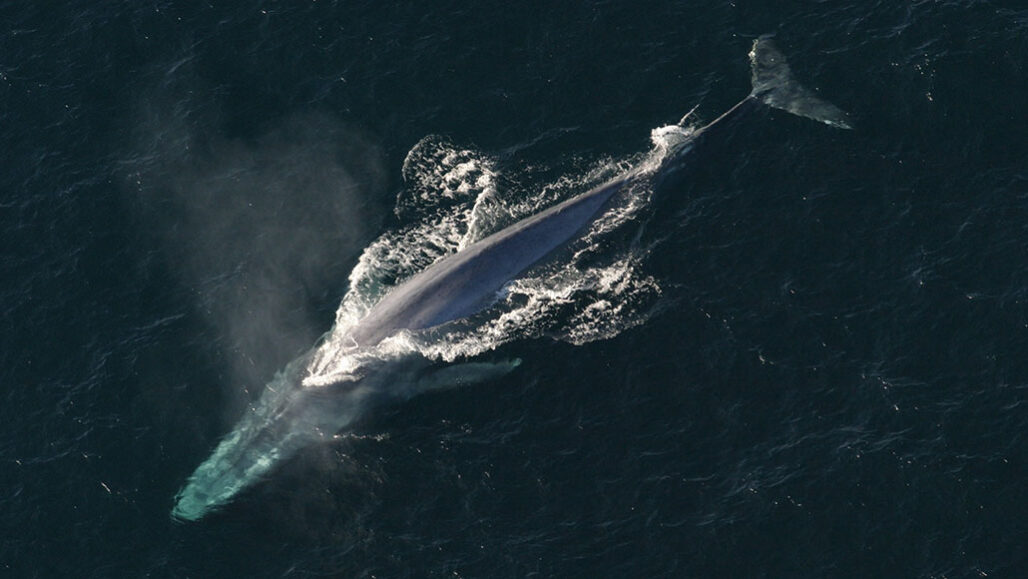Questions for “Whales get a second life as deep-sea buffets”

Blue whales are the largest animals known to have ever lived on Earth and can grow to more than 30 meters (100 feet) in length. When they die and sink, their bodies can provide a feast to smaller organisms.
NOAA